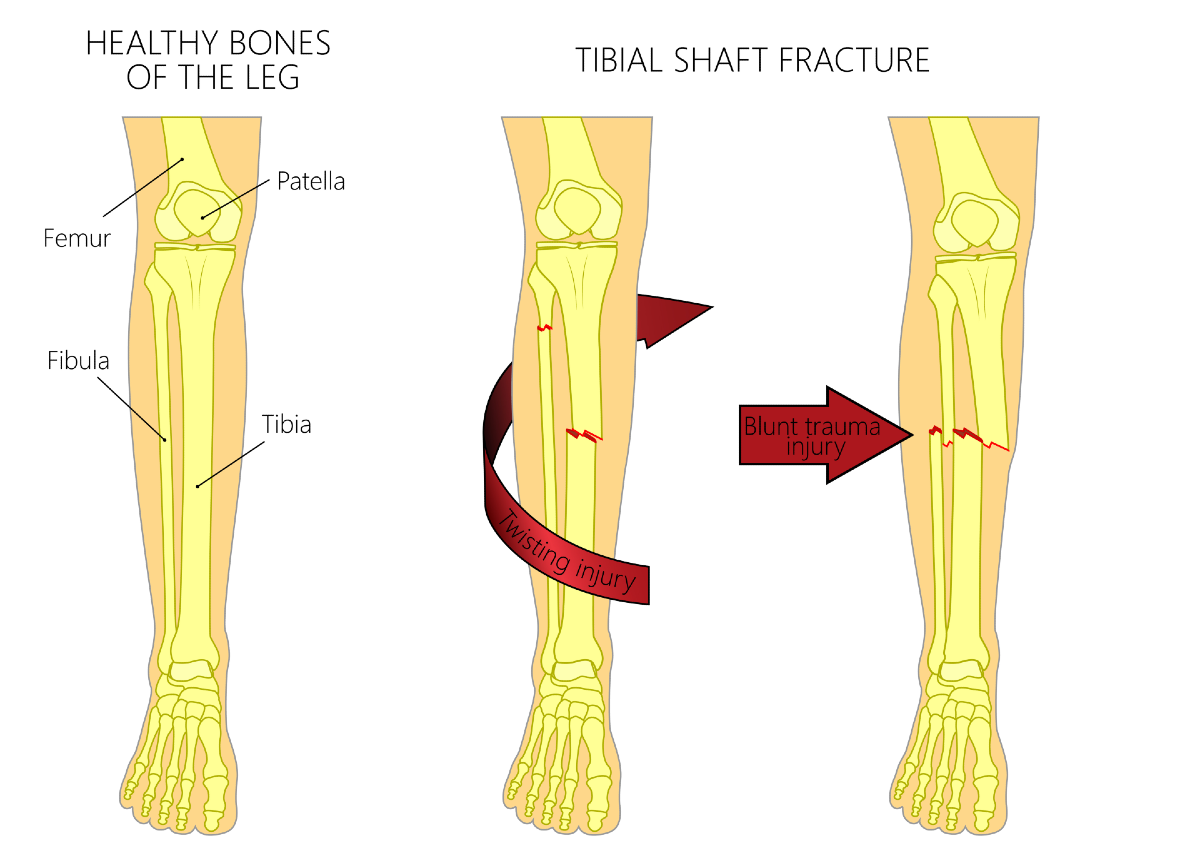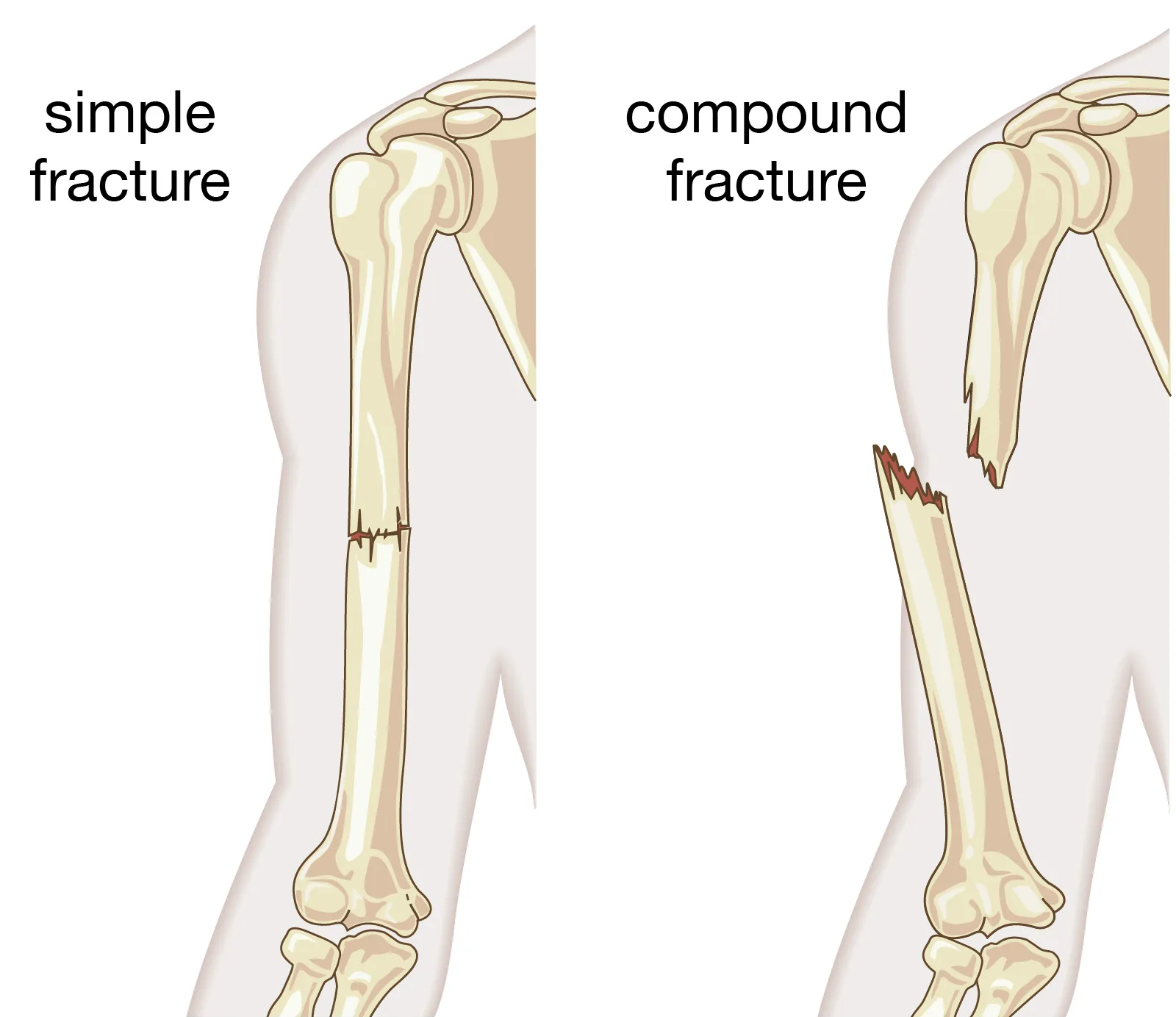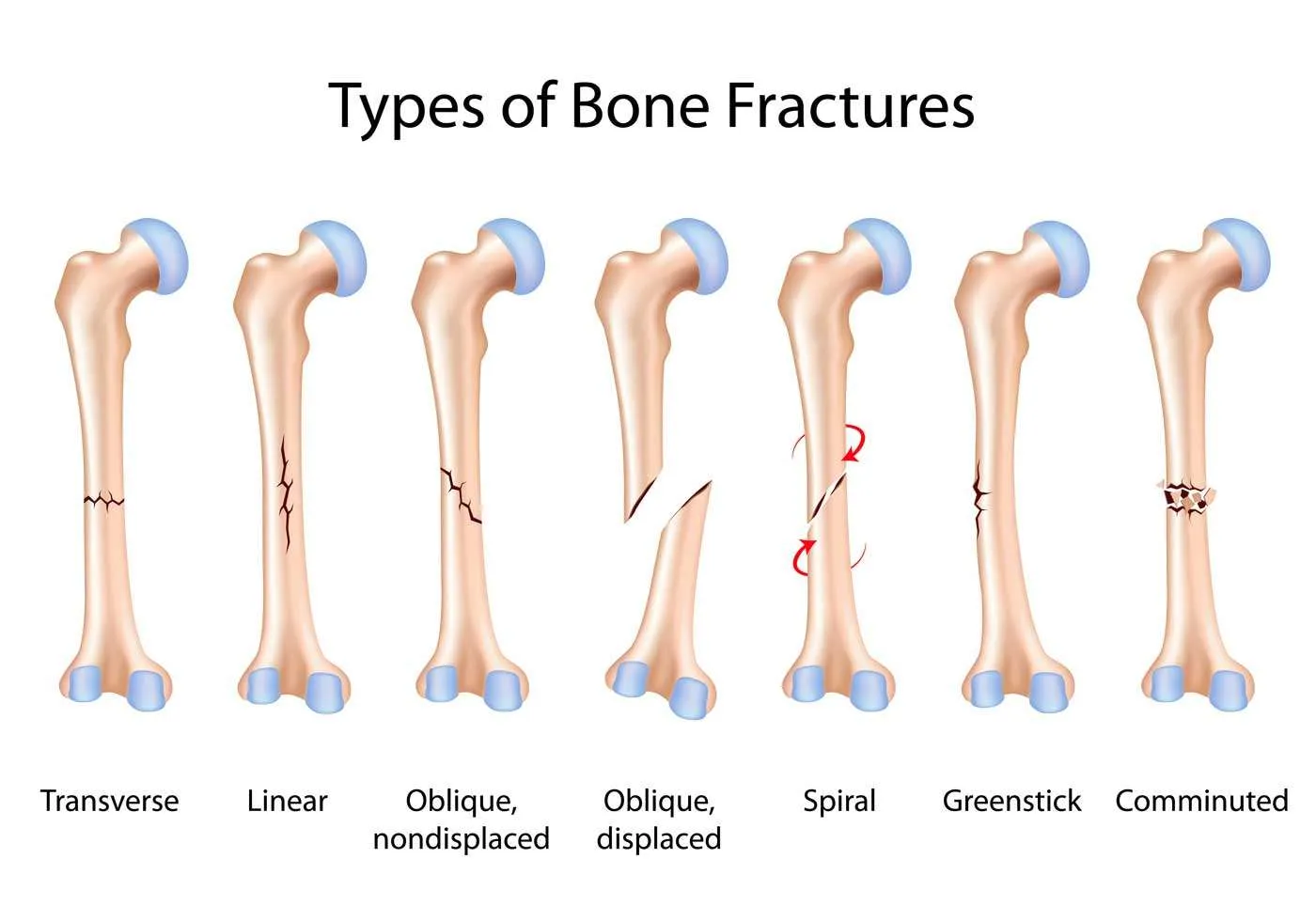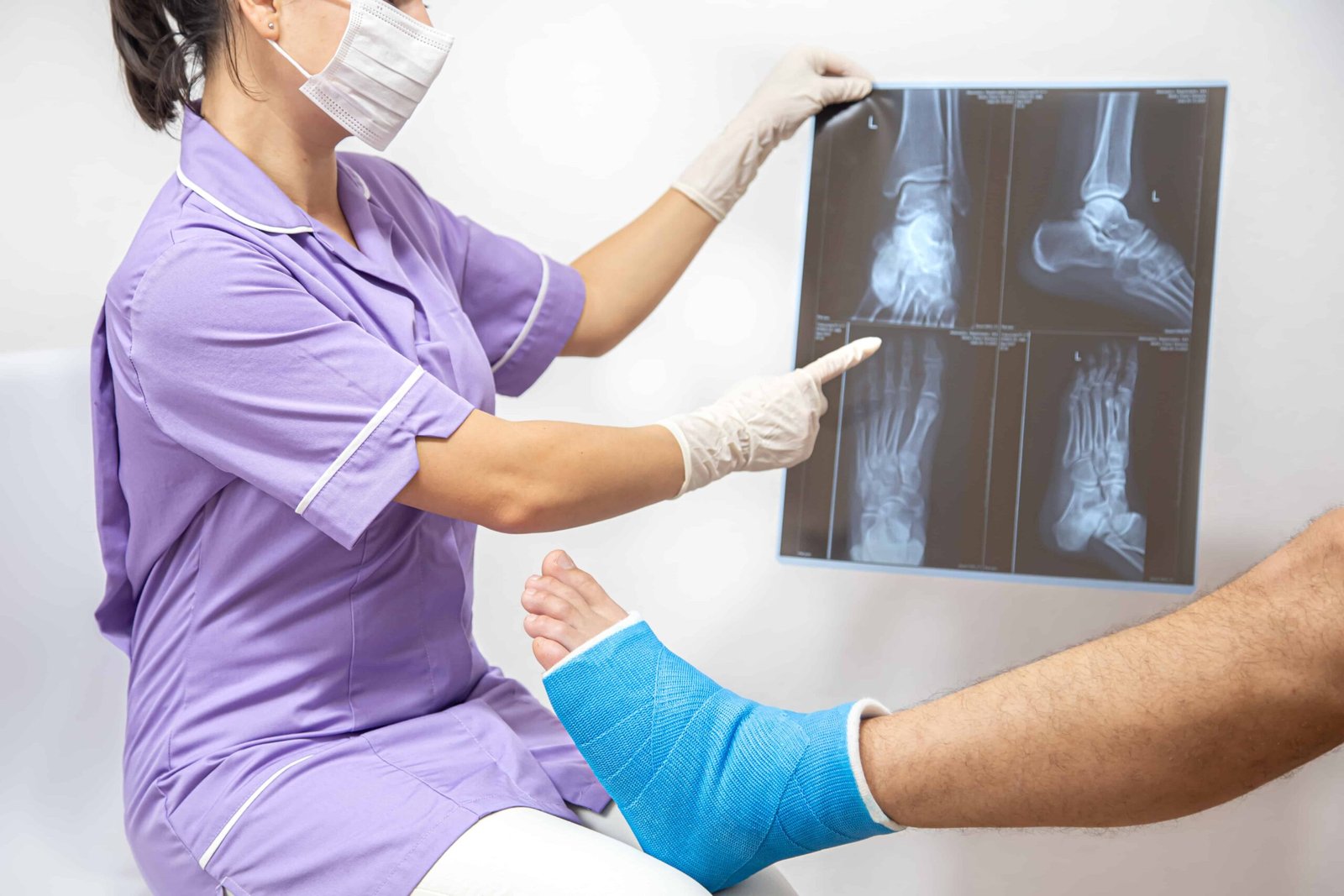Definition of Fracture – Nursing is a profession within the healthcare sector focused on the care of individuals, families, and communities so they may attain, maintain, or recover optimal health and quality of life. Nurses may be differentiated from other healthcare providers by their approach to patient care, training, and scope of practice. Nurses practice in many specialisms with differing levels of prescriber authority.
Many nurses provide care within the ordering scope of physicians, and this traditional role has shaped the public image of nurses as care providers. However, nurses are permitted by most jurisdictions to practice independently in a variety of settings depending on training level. In the postwar period, nurse education has undergone a process of diversification towards advanced and specialized credentials, and many of the traditional regulations and provider roles are changing.
Nurses develop a plan of care, working collaboratively with physicians, therapists, the patient, the patient’s family, and other team members, that focus on treating illness to improve quality of life. Nurses may help coordinate the patient care performed by other members of an interdisciplinary healthcare team such as therapists, medical practitioners, and dietitians. Nurses provide care both interdependently, for example, with physicians, and independently as nursing professionals.
Definition of Fracture
A fracture is defined as a break or disruption in the continuity of a bone. Common causes of fractures include falls, car accidents, and sports-related injuries.
Or
A fracture is the partial or complete breakage of periosteum (bone).
Or
Fracture may be defined as any structural breach in natural continuity of bone and cartilage.
Or
A bone fracture is a medical condition in which there is a damage in the continuity of the bone.

Figure : Bone Fracture
Signs and Symptoms of Fracture
A. Symptoms :
1. Pain
- Severe pain at the site of fracture.
- Pain increase on movement of injury part.
- Pain may absent immediately after shock
2. Swelling
- Swelling more in fracture than dislocations.
- Deformity
- Patient may unable to move affected part.
- Loss of function-patient cannot use the limbs as before.
B. Sign
1. Inspection of the injury limb
- Compare with healthy side.
- Position of the limb.
- General condition of the patients.
- Facial expression – on pain scale,
- Swelling diffuse
- Anemia of patient-due to blood loss (open fracture)
- Tongue dry in case of blood loss fracture.
2. Palpation on the injured limb.
- Local temperature raised.
- Tenderness pain on touch of the injured limb.
- Swelling-Size, shape , consistency, fluctuations.
- Bony crepitus- gratin sound may be felt or heard due to movement at site of injury.
Causes of Fracture
A. Direct force- A blow that breaks the bone at the point of impact.
B. Indirect force- When the bone breaks at some distance from the point of impact, e.g. where a fall on an outstretched hand results in a fracture of the collarbone.
C. Abnormal muscular contraction – A sudden contraction of a muscle may result in a fracture, e.g. an elderly person snapping the kneecap after tripping and trying to prevent a fall.
Classification of Fracture
A. Clinical classification (according to communication with exterior)
1. Simple or close fracture: The fracture which is not communicated with external air. (No risk of infection or osteomyelitis)
2. Compound (open) fracture: The fracture which is communicated with external air through the wound of skin and soft tissue

B. Aetiological classification
1. Traumatic fracture : Due to sudden injury
2. Pathological fracture : In weak bone due to presence of any pathological condition. c
3. Stress fracture : Due to repeated minute trauma at the same site.
C. According to involvement of vital structure
1. Simple : Fracture is not involved with the injury to vital structures.
2. Complicated : The fracture involving the vessels, nerve & vital organs during the initial injury.
D. According to the shape of fracture
1. Transverse fracture
2. Oblique fracture
3. Spiral fracture
4. Depressed fracture
5. Compressed fracture

E. According to involvement of joint capsule
1. Intra-capsular : Within the joint capsule.
2. Extra-capsular : Outside the joint capsule.
F. According to cortical involvement of bone
1. Complete : Fracture of both sides of the cortex, to somos
2. Green stick : Involvement of one side of cortex of bone, other side remains normal.
Complication of Fracture
A. Immediate complication
a) Local complication
1. Skin laceration.
2. Bleeding.
3. Injury to muscles, tendons, vessels, soft tissue and viscera.
b) General complication
1. Shock.
2. Multiple organ system failure
B. Early complication
a) Local complication
1. Skin infection, necrosis & gangrene.
2. Joint infection (Septic arthritis).
3. Bone infection at fracture site.
b) General complication
1. Tetanus.
2. Pulmonary embolism.
3. Pneumonia.
4. Fat embolism.
5. Crush syndrome.
C. Late Complication
a) Local complication
1. Bone mal-union, non-union, delayed union.
2. Growth retardation
3. Post traumatic osteoporosis.
4. Re-fracture.
5. Chronic osteomyelitis.
6. Osteoarthritis.
7. Deformity.
b) General complication
1. Renal calculi
2. Accident neurosis.
Ways to Prevent Immediate Complication of Fracture
1) Place the patient in comfortable position
2) Carefully remove the offending agent
3) Immediately stop the bleeding site
4) Support the bleeding part with some sterile equipment.
5) Immediate Intravenous fluid and blood transfusion should be given to prevent shock and multi organ failure.
Nursing Management of Fracture Patient

A) Assessment
1. Take H/O of time, place, and type (bus, track) accident from attendants.
2. Check consciousness level and neurological status by using GCS Scale
3. Check for vital signs.
4. Assess ABC (Airway, Breathing, Circulation)
5. Check any bleeding points.
6. Take H/O DM, HTN visual problem.
7. Examination of vital structure.
8. Assess the pain of level severity.
9. Check any swelling tenderness of the injured area
10. Assess for physical mobility especially for injured limbs
B) Nursing diagnosis
1. Acute pain due to disruption of normal anatomy of the bone.
2. Impaired physical mobility relates to trauma.
3. Risk of infection related to cutting the skin.
4. Fluid volume deficit due to blood loss.
C) Nursing interventions
1. Alleviation of pain
a) Assess the level of pain.
b) Avoid unnecessary movement of the fracture limb.
c) Give analgesic according to doctor’s order.
2. Improve physical mobility
a) Keep the patient in comfortable positions in the bed
b) Apply cast/traction to immobilize their fracture part.
c) Encourage the patient to perform active exercise on unaffected limb
d) Finger exercise in cast applied patients
3. Prevention of infections
a) Regular monitoring of injured site
b) Give dressing if it is open wound.
c) It cut injury wash with antiseptic solutions.
d) Maintenance of sterile technique during dressing.
e) Give TT & TIG injection to prevent tetanus, gas gangrene.
4. Maintaining fluid balance
a) Assess sign & symptoms of dehydration.
b) Opening I/V channel and immediately give saline to correct fluid deficiency.
c) Give blood transfusion if severe blood loss from trauma.
5. Improving knowledge regarding care
a) Explain the benefit of traction/cast in relation to his problem.
b) Advice to avoid weight bearing activity.
c) Encourage to take medicine timely and regularly.

First Aid Management of Fracture
Aims of first Aid here are:
- To prevent further damage
- To reduce pain
- To make the patient feel comfortable.
- To get medical aid as soon as possible.
1. Fracture often occur along with other injuries. So the rescuer must assess for other injuries and decide which of them requires care on priority. Heavy bleeding is more urgent and requires higher priority care over a fracture.
2. If there is no danger to life then temporary attention to the fracture is often sufficient.
3. Handle the patient very gently. Avoid all unnecessary movement.
4. Treat for shock if present.
5. If the broken ends of the bones show out, do not wash the wound or apply antiseptics to the end of the bone.
6. Do not handle the fracture unnecessarily.
7. Never attempt to reduce the fracture or to bring the bones to the normal position,
8. Stabilize and support the injured part so that no movement is possible. This stops further injury and helps to control the bleeding.
9. Immobilize the fracture area and the joints on both sides of the fracture site (above and below) by using bandages or by using splints wherever available. It is essential that the rescuer be familiar with the use of bandages and splints.
Read More…
